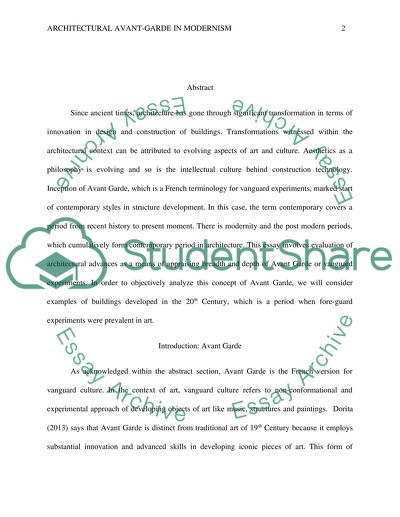Cite this document
(“Architecture and Avant-garde Essay Example | Topics and Well Written Essays - 2500 words”, n.d.)
Retrieved from https://studentshare.org/architecture/1495267-architecture-and-avant-garde
Retrieved from https://studentshare.org/architecture/1495267-architecture-and-avant-garde
(Architecture and Avant-Garde Essay Example | Topics and Well Written Essays - 2500 Words)
https://studentshare.org/architecture/1495267-architecture-and-avant-garde.
https://studentshare.org/architecture/1495267-architecture-and-avant-garde.
“Architecture and Avant-Garde Essay Example | Topics and Well Written Essays - 2500 Words”, n.d. https://studentshare.org/architecture/1495267-architecture-and-avant-garde.


